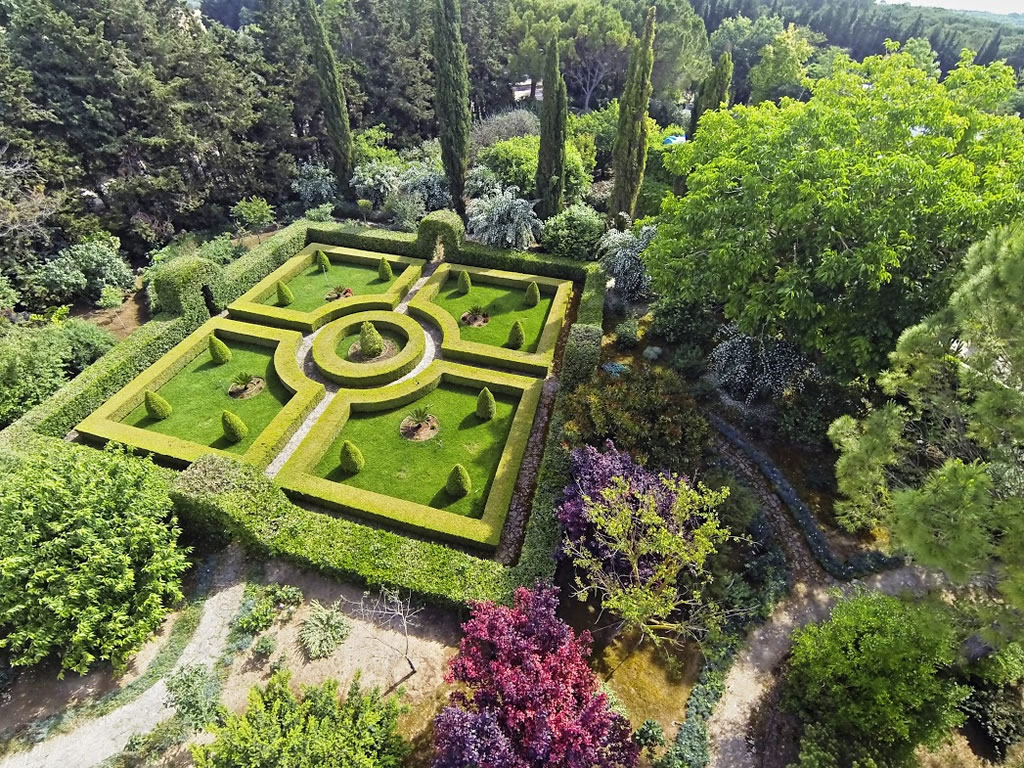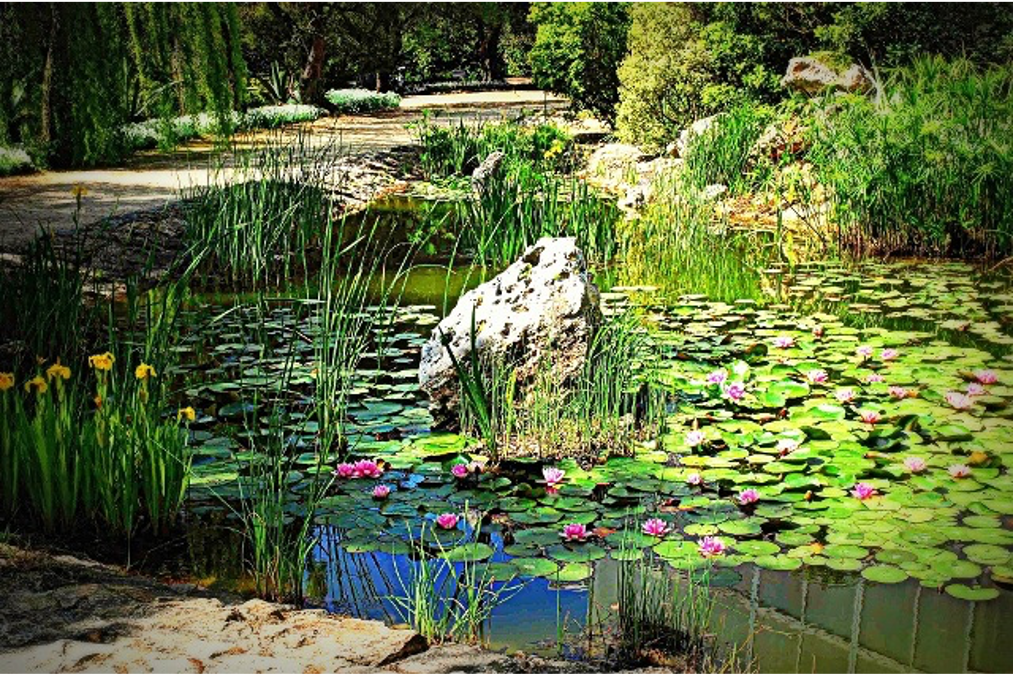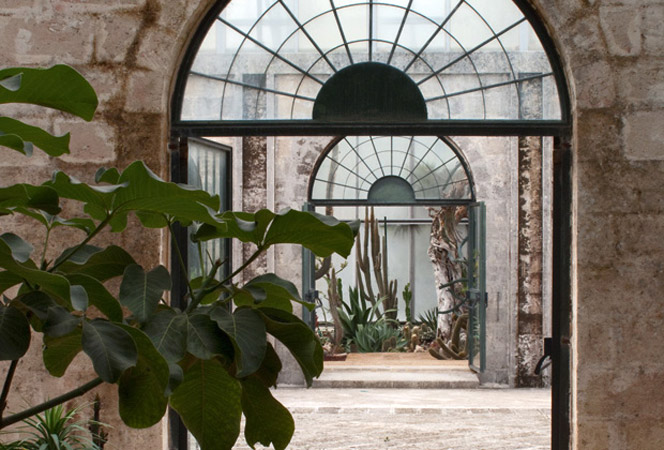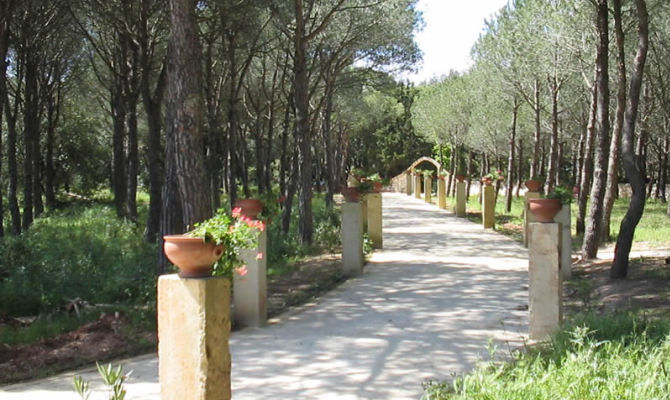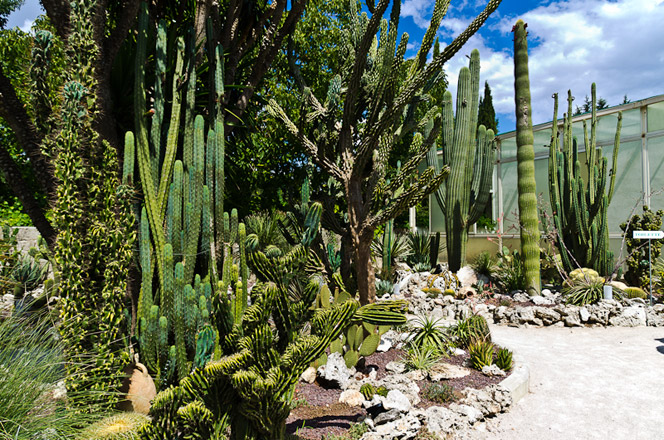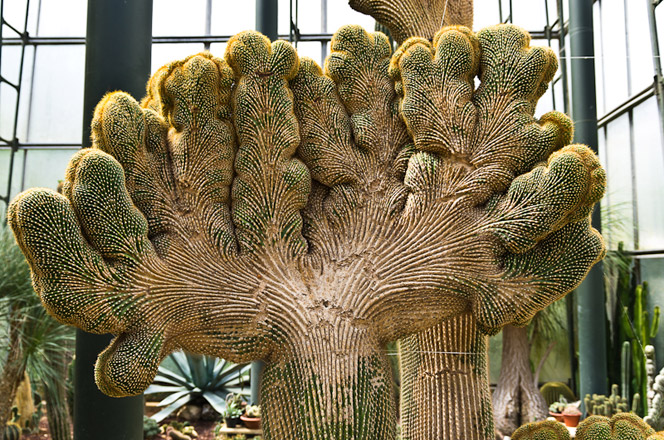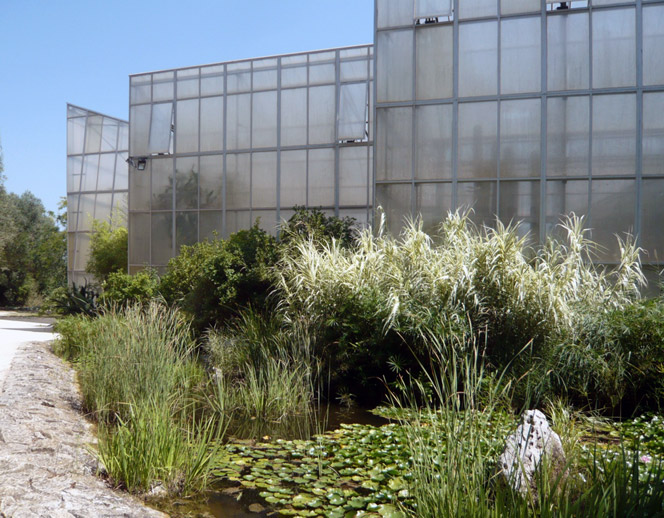Botanical Garden "La Cutura"


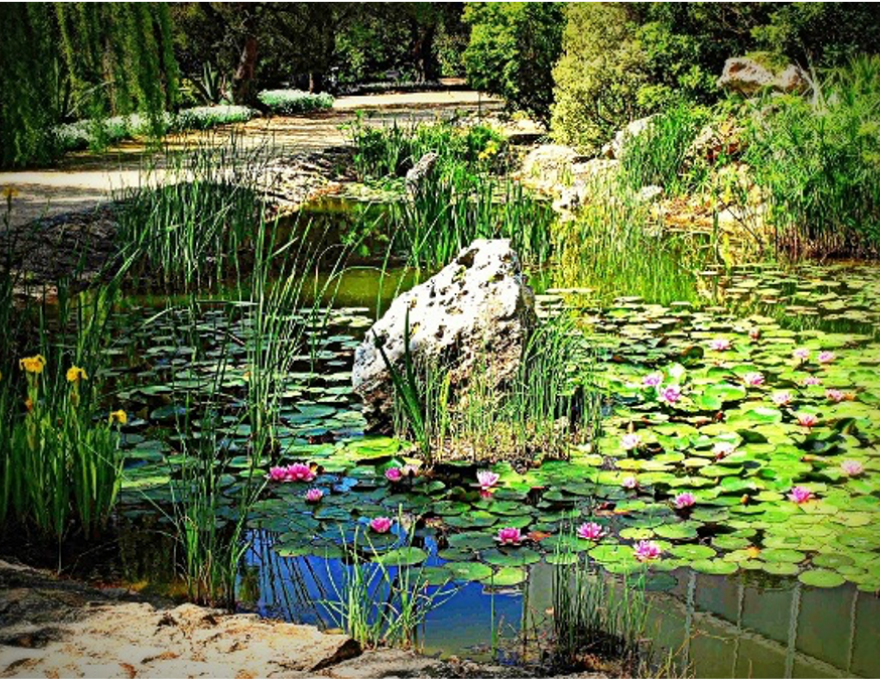
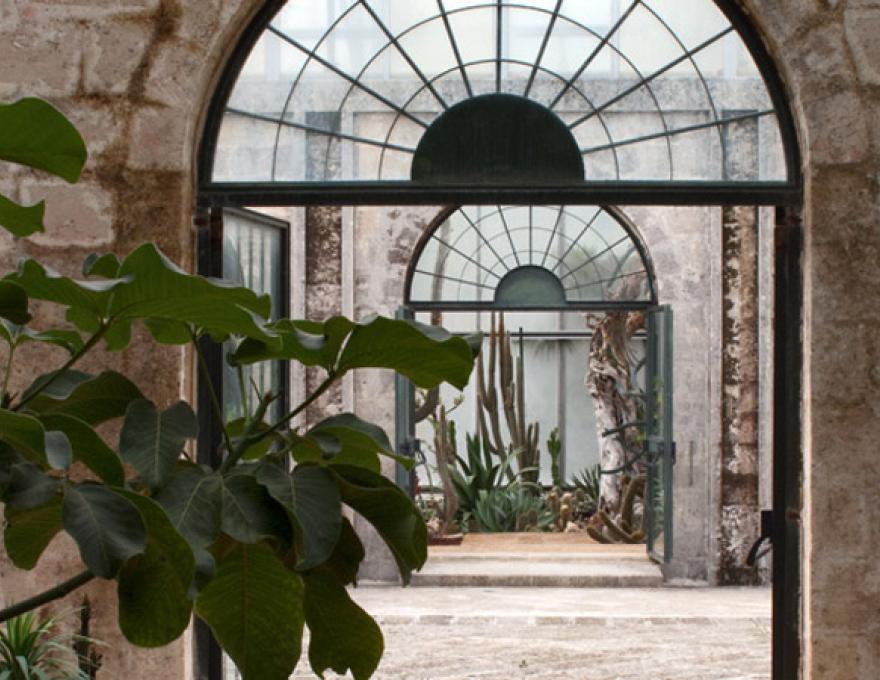
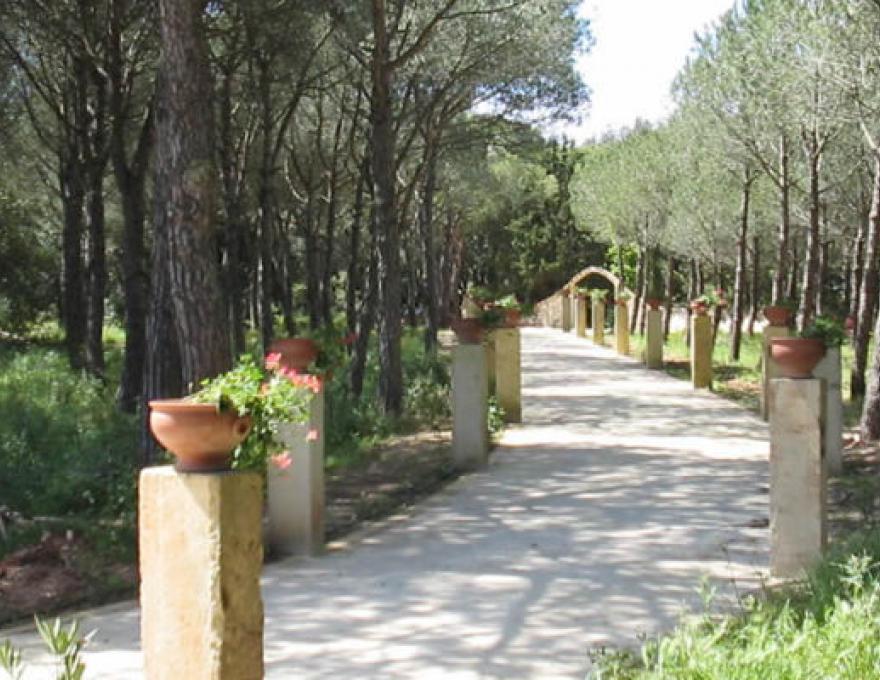
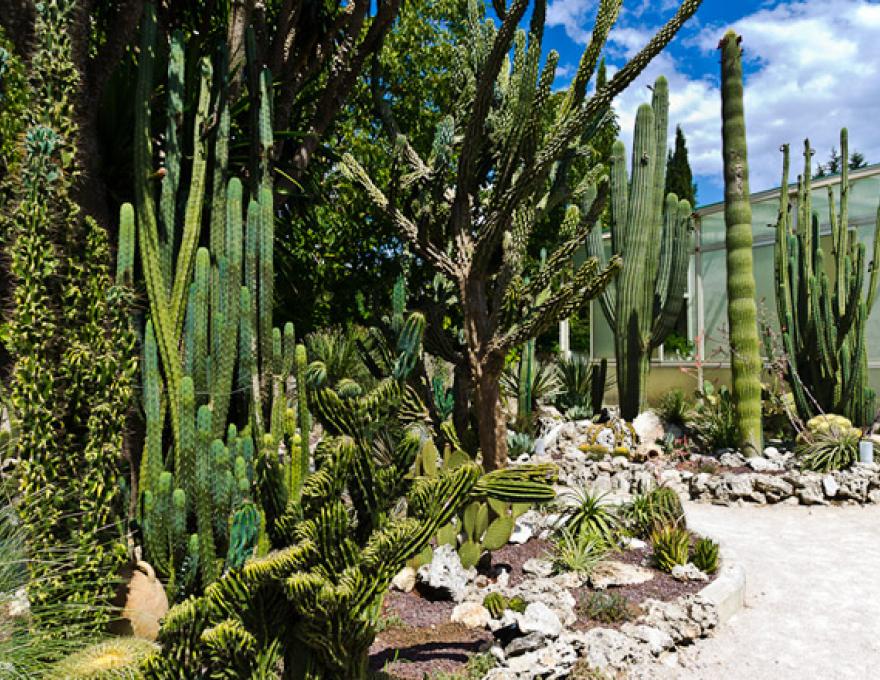
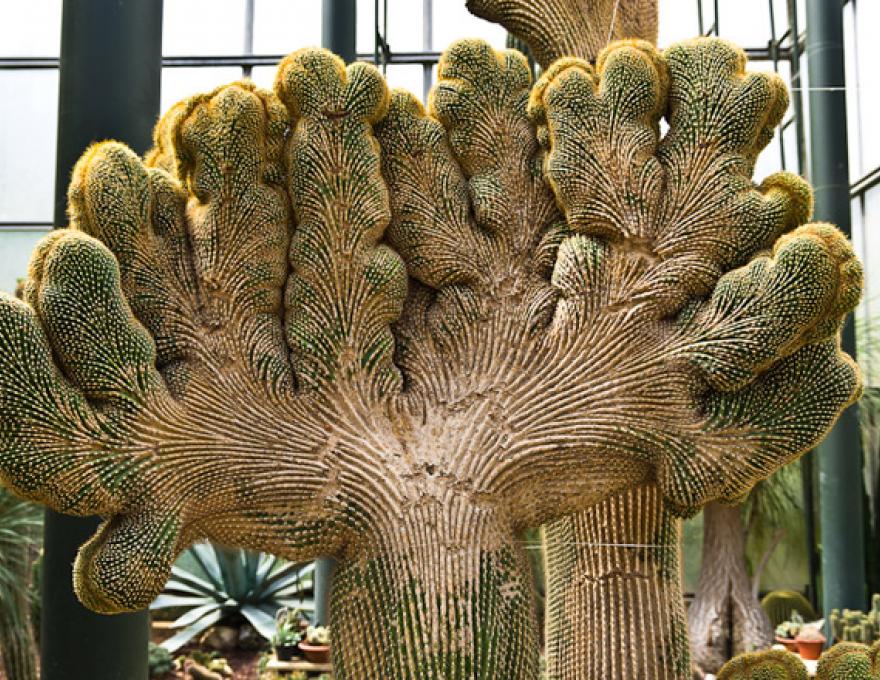
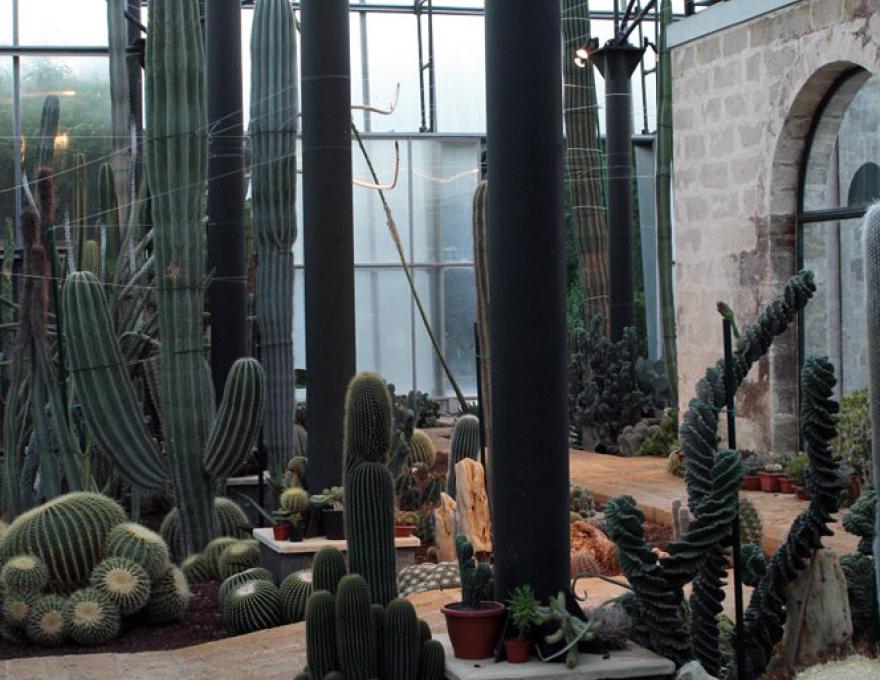
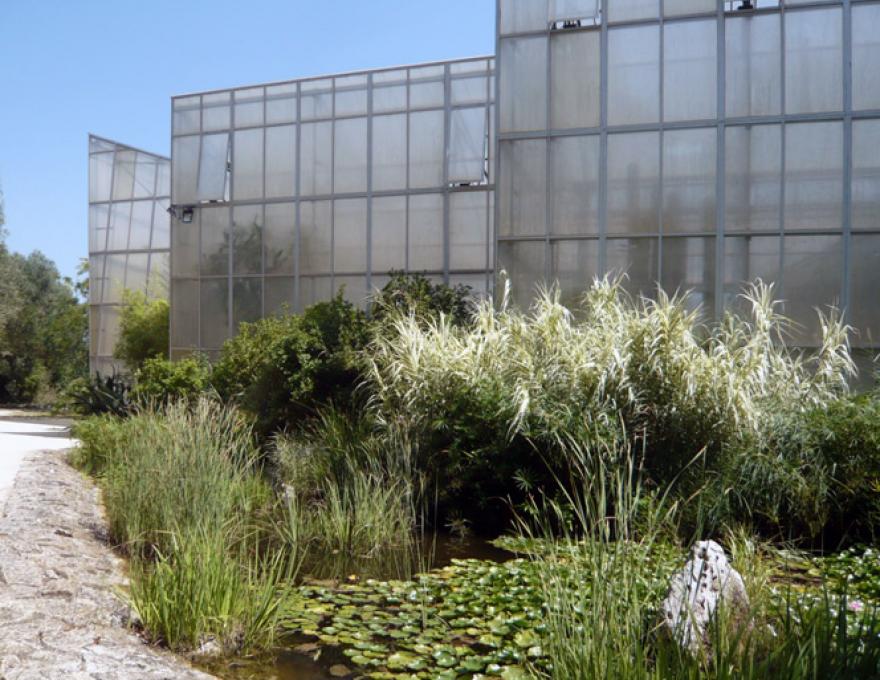
The guided tour is divided into a series of thematic greenhouses and gardens, each adorned with enchanting arrangements of rare plants from all backgrounds:
-
Starting from the majestic greenhouse of tropical succulent plants, made of iron and polycarbonate for an overall height of 16 meters, as many as 2,000 varieties of different plants from different continents, from South America to Africa to Central America living in the ideal climatic conditions for their growth.
-
We will then find the rock garden which, in an area framed by old Salento stone walls, is home to as many as 80 varieties of agaves, 50 varieties of opuntias, and numerous varieties of cacti.
-
Continuing along the path we have The pond with papyrus and water lilies, fed by rainwater that is collected in a cistern located inside the greenhouse where you can admire several varieties of aquatic plants including bamboo, hyacinths and irises.
-
The Mediterranean garden then, with a multitude of species typical of the Mediterranean bush: brooms, junipers, conifers, olearia, arbutus, thymus and myrtles with a Salento soul.
-
Next comes the Italian-style garden, instead, a triumph of 70 species of beneficial medicinal plants, illustrated with special tags and arranged in picturesque geometric flowerbeds.
The "La Cutura" Botanical Garden, an old country estate built in the classic rural style of the late nineteenth century, is now a renowned botanical garden that covers 35 hectares and houses one of the richest collections of rare plants: succulent and tropical.
A paradise born from stone (Cutura - from "cute," a dialectal synonym for stone), unique in Italy, rich in flora, a place of knowledge and recreation, where pleasure and nature come together in perfect harmony, in a triumph of scents and colors.
Following a botanical path along the avenues of roses, gardens of aromatic plants and flower beds of Mediterranean and medicinal plants, among the papyrus and water lily pond, the rock garden, through the citrus grove and the holm oak forest, one arrives at an imposing 1,000-square-meter greenhouse where more than 2,000 specimens of succulent and succulent plants of various origins are collected and catalogued, valuable for their rarity, type and size.

